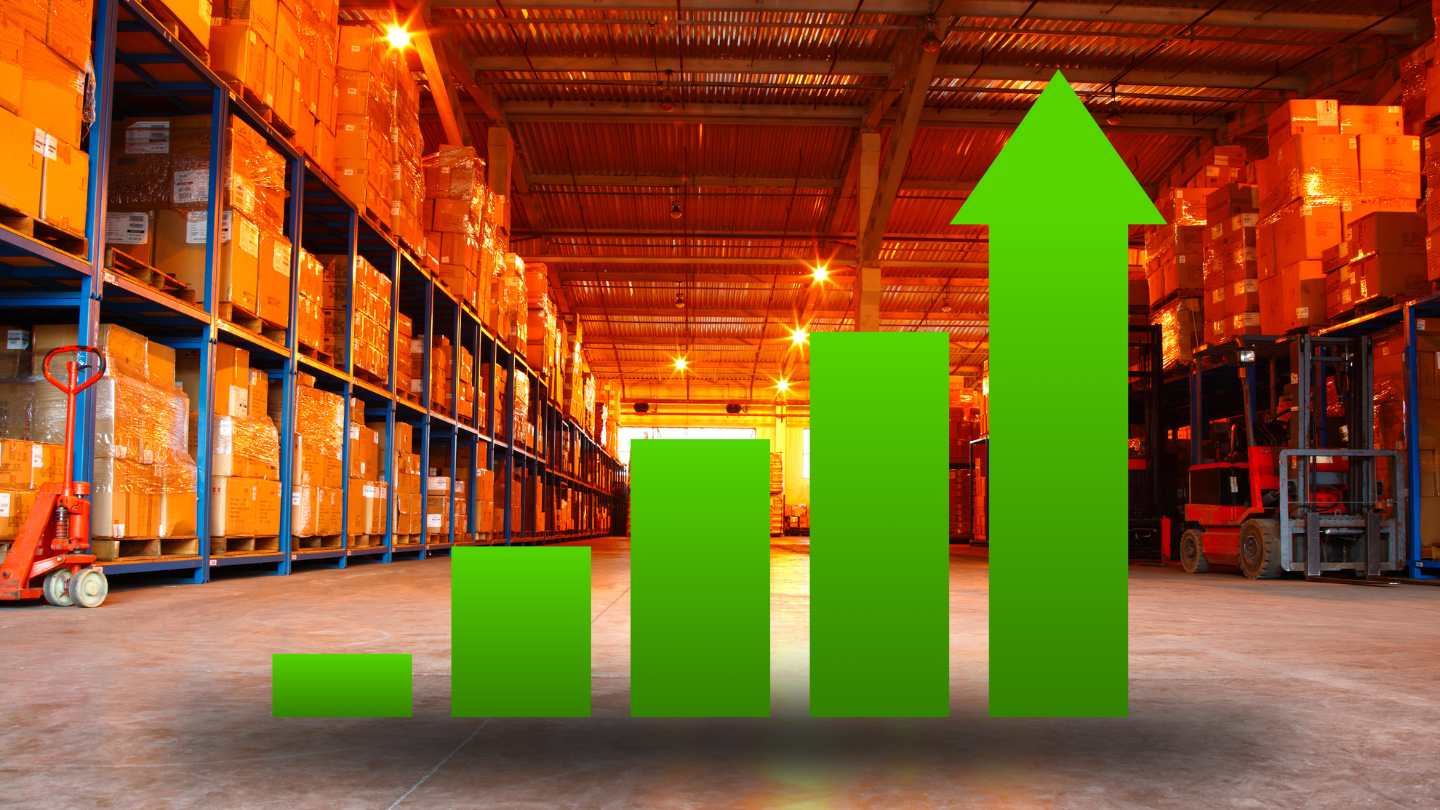Whether you’re in the business of selling raw materials or finished products, you have inventory. And keeping track of your inventory shouldn’t feel like a second job. There are software solutions to help you manage what you’re selling so both you and your customers have a seamless shopping experience.
Many Moving Pieces
Inventory management is more than just knowing what’s on your store’s shelves. Whether in a brick and mortar store or an online shop, your supply chain includes a number of steps.
- Sourcing – Where are you going to procure your raw materials or wholesale product? Some businesses choose a source that aligns with their business beliefs, such as USA-made products, or ethically sourced supplies.
- Purchasing – Consider not only where you are sourcing your product, but also the price per unit, shipping, taxes and fees (such as customs) that will be paid in order to get the items from the source to you.
- Stocking – Are you going to operate on a pre-order basis, or will you have actual product/materials on hand and ready to ship? It’s important to know the cost of having backstock, as well as how you will get the items from your storage to your customer.
- Selling – You can sell in person at a storefront, online via eCommerce, or both.
- Shipping – Finally, once you’ve sourced, purchased, stored and sold your item(s), it’s time to ship!
Free Inventory Management Solutions
If you’re currently running a small business, you may be utilizing simple, free eCommerce solutions such as a spreadsheet to keep track of your inventory. You can customize the cells of the spreadsheet to help you keep track of your inventory and fulfill orders. As a small operation, it can be wise to avoid unnecessary overhead costs and instead take advantage of free or low-cost business solutions such as Excel or Google Sheets.
As your business grows, however, manually updating a spreadsheet can lead to more chances of human error, which in turn may negatively affect your business. If you have miscalculated the stock you have on hand, you run the risk of overselling a product or material. Imagine you’ve grown your business enough to have both a physical store and an online storefront. Are your systems integrated so that when a sale is made in one place, your inventory is automatically updated for both? If not, one of your storefronts may end up overselling. To avoid this, you may need to upgrade your technology and use an automated inventory management service.
Benefits of Inventory Management Software
In addition to simply keeping track of how much product or materials you have, a good inventory management software can help organize your sales and order fulfillment to enhance your customers’ experience, as well as your own.
Let’s take a look at some of the benefits of having software to help you manage your inventory.
- Upgrade to barcodes – Imagine the ease of having barcodes assigned to your products or materials. With one simple swipe, your software can update inventory to know what is leaving your shelves. Additionally, your barcode can include a stock keeping unit (or SKU) number so you know the specifics of the product sold (color, size, style, location in the warehouse, etc…). If you sell products that can be bundled, a barcode can also contain the SKU information to indicate that type of sale as well.
- Organize economic order quantity – As you move inventory, it’s important to be aware of how much stock you need to reorder, and when. Using a software that organizes your economic order quantity can help ensure you know how much stock you have, and what the demand trends are.
- Understand holding costs – Before you stock up, use your technology to be familiar with the cost of storing stock, whether it’s in a warehouse or a backroom. Virtual or not, the overhead costs can add up if you reorder more inventory than you’re able to sell.
- Detail landed costs – Landed costs is the term for the cost of not only storing a product/material but shipping it and paying any fees or taxes to get it to you for retail or wholesale.
- Keep track of lead time – Do you know how long it takes your source to get your product to you? How about how long it takes to get a product to a customer once an order is placed? As you know, in business “time is money,” so you don’t want to waste it being unsure of the lead time. An inventory management software can prompt you when an item is on its way to you, when a sale is made, and at what point you should ship it out to your customer.
As you can see, there are a lot of variables when it comes to inventory management. It can be overwhelming if you’re just starting out, or if your business is experiencing rapid growth. We can help you make the best eCommerce solution for your business, and ensure everything runs smoothly.



